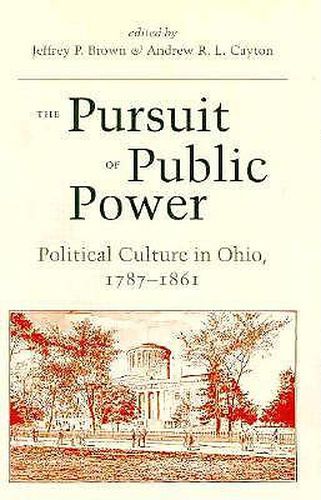Readings Newsletter
Become a Readings Member to make your shopping experience even easier.
Sign in or sign up for free!
You’re not far away from qualifying for FREE standard shipping within Australia
You’ve qualified for FREE standard shipping within Australia
The cart is loading…






Many of the political institutions that would dominate 19th-century America (and the Midwest in particular) originated and first evolved in Ohio. The Pursuit of Public Power explores the origins and nature of political culture here from the American Revolution until the Civil War. Twelve essays examine topics such as voting practices, the role of the state in national economic development, the relationship between religion and politics, the rivalries between individual political leaders and between communities competing for social and economic dominance, the impact of slavery on politics, and the development of stable political systems within a rapidly changing state. Representing the mature assessments of historians who have long studied antebellum politics, this collection will appeal not only to readers interested in Ohio history, but also to those interested in 19thcentury American politics.
$9.00 standard shipping within Australia
FREE standard shipping within Australia for orders over $100.00
Express & International shipping calculated at checkout
Stock availability can be subject to change without notice. We recommend calling the shop or contacting our online team to check availability of low stock items. Please see our Shopping Online page for more details.
Many of the political institutions that would dominate 19th-century America (and the Midwest in particular) originated and first evolved in Ohio. The Pursuit of Public Power explores the origins and nature of political culture here from the American Revolution until the Civil War. Twelve essays examine topics such as voting practices, the role of the state in national economic development, the relationship between religion and politics, the rivalries between individual political leaders and between communities competing for social and economic dominance, the impact of slavery on politics, and the development of stable political systems within a rapidly changing state. Representing the mature assessments of historians who have long studied antebellum politics, this collection will appeal not only to readers interested in Ohio history, but also to those interested in 19thcentury American politics.